Understanding Belgian Ale
Belgian Ale is a family of beers from Belgium known for aromatic yeast character, balanced malt, and sometimes higher alcohol content. Styles range from light and spicy saisons to rich, complex ales matured in barrels. Many drinkers appreciate them for their depth and drinkability.
How is a Belgian Ale different from a Trappist beer?
“Trappist” refers to beer brewed in monasteries under the control of Trappist monks. Not all Trappist beers are Belgian Ales, but several famous Belgian beers are Trappist. The main differences:
- Origin & designation: Trappist is a protected label for beers brewed by or under supervision of Trappist monasteries.
- Style variety: Trappist beers include dubbels, tripels, and quadrupels — many overlap with Belgian Ale profiles.
- Production purpose: Trappist breweries often direct proceeds to charitable causes; commercial Belgian ales may be craft or large-scale operations.
Well-known Belgian names: Stella Artois and Hoegaarden
Two Belgian brands you’ll often hear about are Stella Artois and Hoegaarden. They represent different parts of Belgium’s beer landscape:
- Stella Artois — a lager with wide international reach. It’s crisp, clean, and very different from the yeast-forward Belgian ales.
- Hoegaarden — a classic Belgian witbier (wheat beer) known for citrus, coriander, and soft mouthfeel; lighter and spicier than many ales.
If you enjoy the aromatic yeast and complexity of Belgian Ales, try sampling both lighter styles (like witbier) and richer ales to see which profile you prefer.
Can you find Belgian beer at supermarkets like Tesco?
Yes. Large supermarkets such as Tesco commonly stock popular Belgian beers — especially internationally distributed labels like Stella Artois and Hoegaarden. Availability varies by region and store size; specialty Belgian ales and barrel-aged releases may be found at craft beer shops, online retailers, or well-stocked supermarket beer sections.
Tips for buying:
- Check the chilled beer aisle for mainstream Belgian labels and craft sections for bottles and specialty brews.
- Look for seasonal or limited releases in store beer festivals or online shop pages.
- If a supermarket doesn’t carry a barrel-aged or small-batch Belgian Ale, local craft beer stores or brewery websites are good alternatives.
Popular Belgian beers (quick list for puzzles and menus)
If you’re solving crosswords or just exploring, here are some familiar names you’ll often see:
- Stella Artois
- Hoegaarden
- Duvel
- Chimay
- Leffe
- Westmalle
Tasting, pairing, and why barrel-aged Belgian Ales stand out
Belgian Ales can be delicate or powerful. Barrel aging (for example in wine barrels) adds layers: vanilla, toasted oak, and vinous notes that elevate aroma and lengthen the finish. These beers pair wonderfully with rich cheeses, roasted and braised meats, and desserts that can match a beer’s sweetness or complexity.
Looking for something special?
If you enjoy Belgian-style ales with complexity and a touch of elegance from barrel aging, consider trying
. It blends a Belgian ale approach with Chardonnay barrel maturation for a fragrant, layered drinking experience that keeps you reaching for the next sip.Practical tips for enjoying Belgian Ale
- Serve slightly cooler than room temperature (8–12°C / 46–54°F) to reveal aromas.
- Use a tulip or goblet glass to concentrate scents and support a creamy head.
- Take small sips and let the beer rest in your mouth to perceive yeast esters, barrel notes, and sweetness balance.
Whether you’re exploring mainstream Belgian names like Stella Artois and Hoegaarden or hunting down barrel-aged craft expressions, Belgian Ale styles offer a breadth of flavors to discover. Cheers to tasting widely and enjoying the stories each bottle brings.





